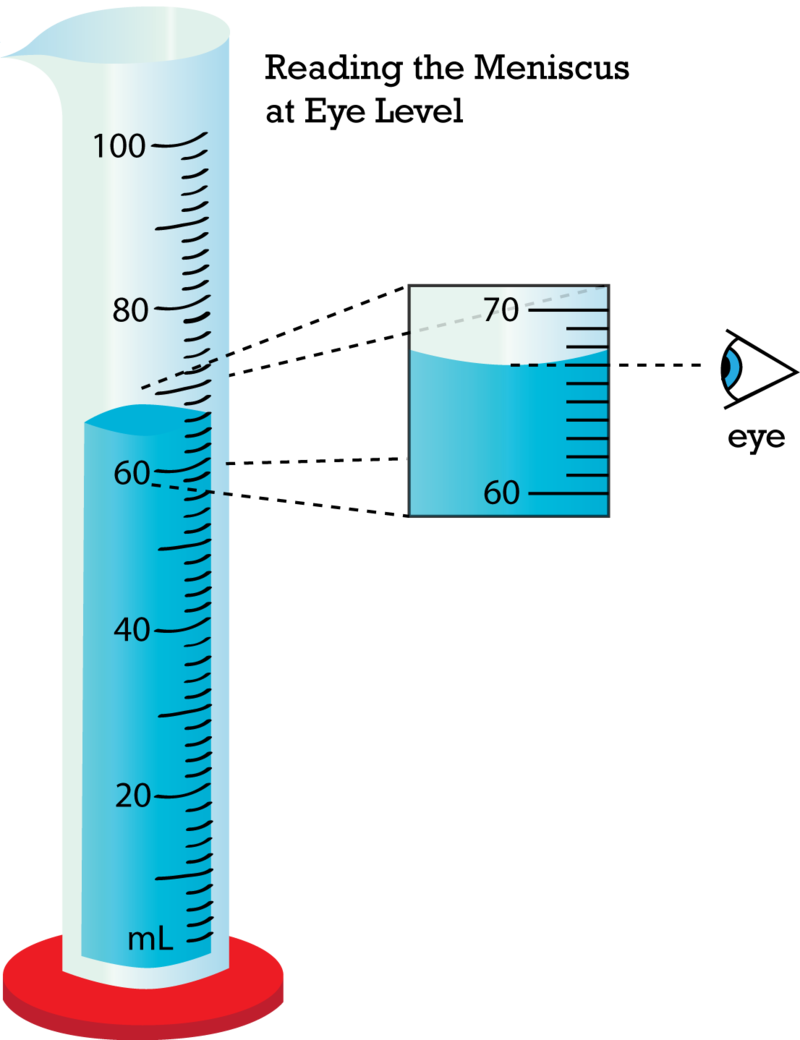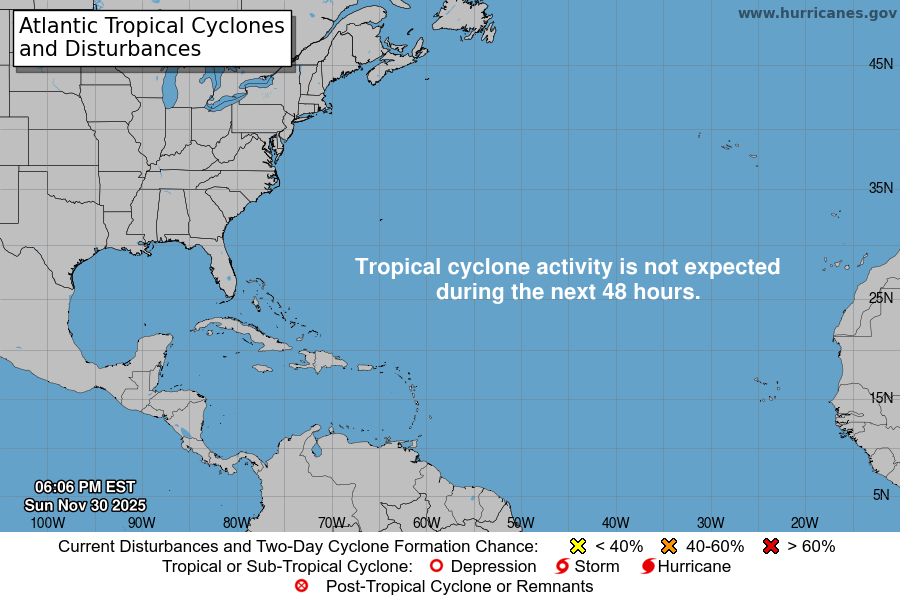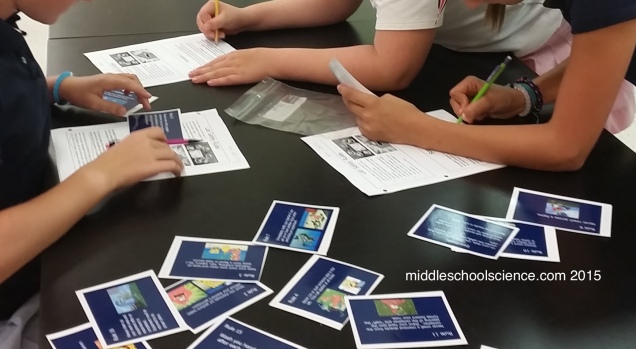(For lessons and resources on finding volume using water displacement, please see my earlier blog entry)
Resources: Updated links 11/20/18
- Reading Graduated Cylinders – (FREE) A nice power point presentation from Teachers Pay Teachers to introduce students to reading graduated cylinders (link)
- How to Read Liquid Volume video (link)
- Common Core Worksheet – link
- Reading Graduated cylinders – link
- Super Teachers Worksheet – practice problems (pdf)
- Science Starters/Warm Ups/Do Nows: (Graduated Cylinder ppt), (Beaker/Erlenmeyer ppt)
Tips:
- The graduated cylinder has markings, like a ruler, to measure volume for water and other liquids
- I like to use food coloring and water for the students to practice their measurements, it makes it easier for them to read the values, plus it adds some pizzazz to the lab.
- I mostly use either blue or green food coloring, the red can stain, yellow is not dark enough.
- Place all materials on a lunch tray for each group to contain spills and make for a very easy clean up.
- Glass graduated cylinders can break if knocked over, plastic is more durable but can be harder to read.
- Have students explore how to use read and use graduated cylinders:
- Students can explore handling and pouring water into the graduated cylinders and reading the values.
- Once they have mastered pouring and reading, they can practice measuring specific volumes such as 10 mL, 20 mL, 42 mL, 58 mL, etc into the graduated cylinder.
- You can also set up stations with pre-measured graduated cylinders and have them practice reading the volumes.
- Have cylinders of different sizes and increments to make it more challenging.
- You can place task cards/answer keys at each station so students can self check once they have made their readings for immediate feedback.


















